The trolley problem, a classic ethical dilemma, has found new relevance in the age of autonomous vehicles. As self-driving cars become more advanced, engineers and ethicists grapple with how these machines should make life-and-death decisions. The question is no longer theoretical - it's a pressing concern for manufacturers developing algorithms that may one day need to choose between two terrible outcomes.
At its core, the trolley problem presents a simple scenario: a runaway trolley is headed toward five people tied up on the tracks. You stand next to a lever that could switch the trolley onto a different track, where it would kill one person instead. Do you pull the lever, actively causing one death to save five? Or do nothing, allowing five to die? This philosophical puzzle becomes exponentially more complex when programmed into machine learning systems.
The programming challenge goes far beyond simple utilitarianism. Early discussions about autonomous vehicle ethics often assumed engineers would simply program cars to minimize total casualties. But real-world scenarios are messier. Should a car prioritize its passengers over pedestrians? How does it value different lives? What if swerving to avoid children means crashing into a concrete barrier that kills the elderly passenger?
Researchers at MIT's Media Lab discovered through their Moral Machine experiment that cultural differences significantly influence how people believe autonomous vehicles should make these decisions. Preferences varied widely between countries regarding whether to save the young over the old, humans over animals, or many lives over few. This presents an enormous challenge for global car manufacturers trying to create ethically-aligned systems.
The legal implications are equally complex. If an autonomous vehicle makes a decision that results in death, who bears responsibility? The programmer who wrote the algorithm? The manufacturer who installed it? The owner who chose that ethical setting? Current liability frameworks struggle to account for machines making moral judgments traditionally reserved for human minds.
Some automakers have proposed customizable ethics settings, allowing buyers to select their preferred decision-making framework. This approach raises troubling questions about whether safety should be a matter of personal preference. Would roads become more dangerous if some cars were programmed with radically selfish ethics? The automotive industry currently lacks consensus on whether such customization represents ethical progress or dangerous deregulation.
Beyond the classic trolley scenario, autonomous vehicles face countless micro-ethical decisions every second on the road. How aggressively should a car brake to avoid a collision if that might cause rear-end accidents? When merging in heavy traffic, should it assert its right-of-way or yield to human drivers who might take advantage? These everyday judgments require nuanced ethical frameworks that go far beyond the binary choices of traditional trolley problems.
Neural networks complicate traditional programming approaches. Unlike rule-based systems where engineers explicitly code every possible scenario, modern machine learning systems develop their own decision-making patterns through training on massive datasets. This makes their ethical frameworks more opaque - even to their creators. Researchers are developing new techniques to peer inside these "black boxes" and ensure they align with human values.
The debate extends beyond technical circles. Religious leaders have weighed in on whether algorithms can or should make moral judgments. Civil rights groups warn about the potential for bias in how systems value different lives. Urban planners consider how these decisions might reshape city design. The trolley problem has evolved from philosophy classroom hypothetical to multidisciplinary challenge with real-world consequences.
As the technology progresses, regulatory bodies struggle to keep pace. Some countries have begun establishing ethics commissions to guide autonomous vehicle policies, but international standards remain elusive. This regulatory vacuum creates uncertainty for manufacturers investing billions in technology that may face future restrictions based on ethical concerns not yet fully defined.
What emerges clearly is that solving the autonomous vehicle trolley problem requires more than clever programming. It demands collaboration between engineers, ethicists, policymakers, and the public. The choices made today will shape not just transportation safety, but societal values encoded in our technological infrastructure. As self-driving cars approach widespread adoption, the need for thoughtful, inclusive solutions becomes increasingly urgent.
The road ahead remains uncertain. Unlike the neat hypotheticals of philosophy textbooks, real-world ethical dilemmas resist simple solutions. Autonomous vehicles may never face the classic trolley scenario, but they will encounter countless variations requiring split-second moral calculations. How we program these decisions reflects who we are as a society - and who we aspire to become.
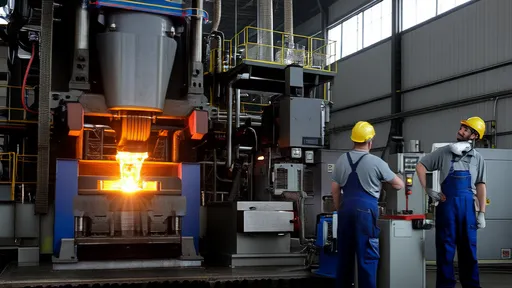
By /Jun 14, 2025

By /Jun 14, 2025
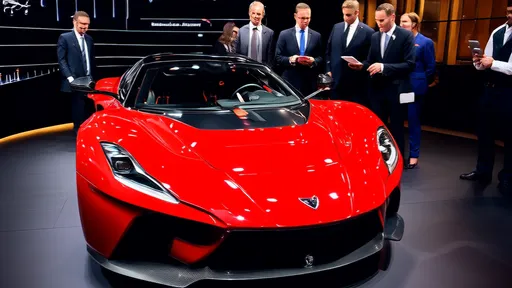
By /Jun 14, 2025

By /Jun 14, 2025

By /Jun 14, 2025
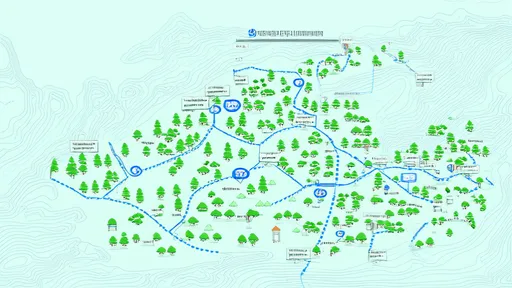
By /Jun 14, 2025

By /Jun 14, 2025

By /Jun 14, 2025
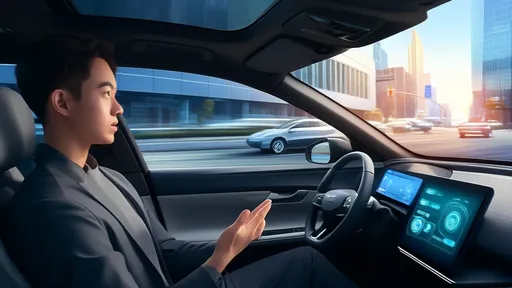
By /Jun 14, 2025

By /Jun 14, 2025
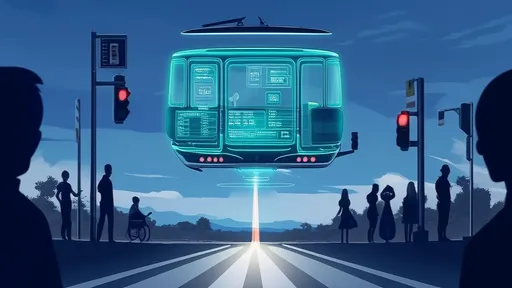
By /Jun 14, 2025
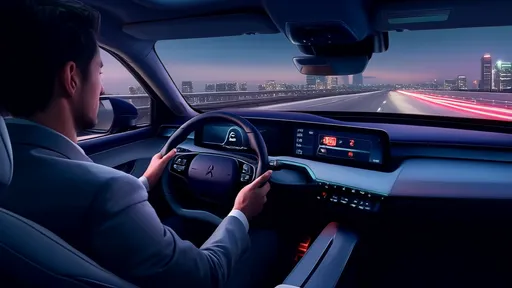
By /Jun 14, 2025
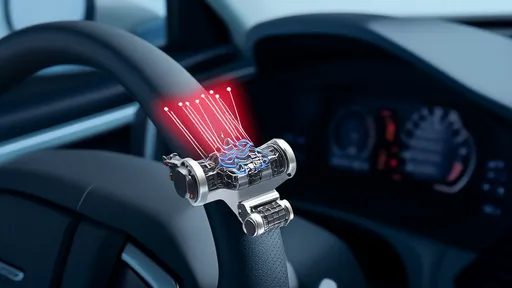
By /Jun 14, 2025
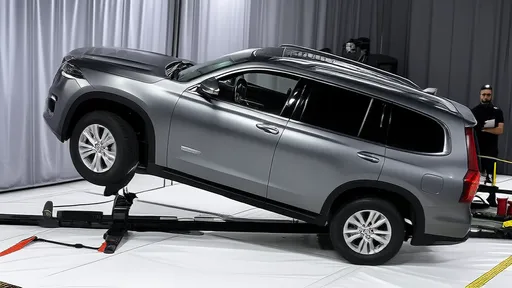
By /Jun 14, 2025
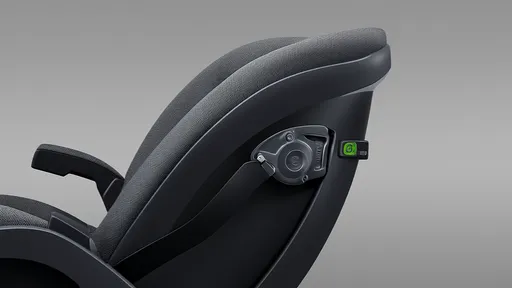
By /Jun 14, 2025
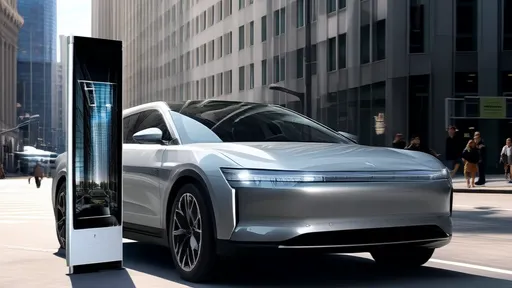
By /Jun 14, 2025
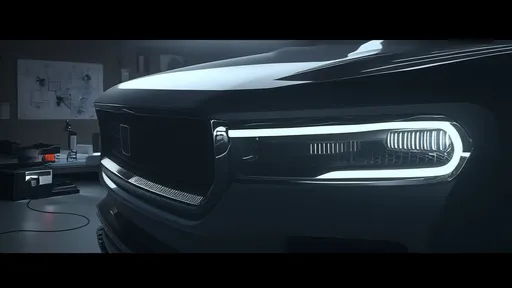
By /Jun 14, 2025